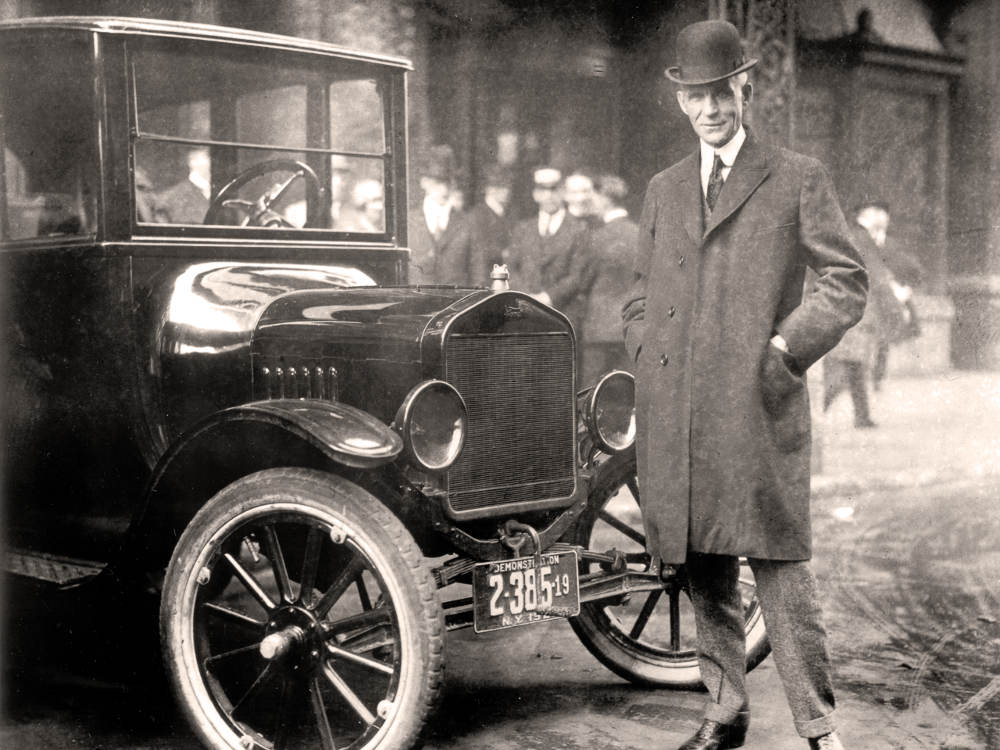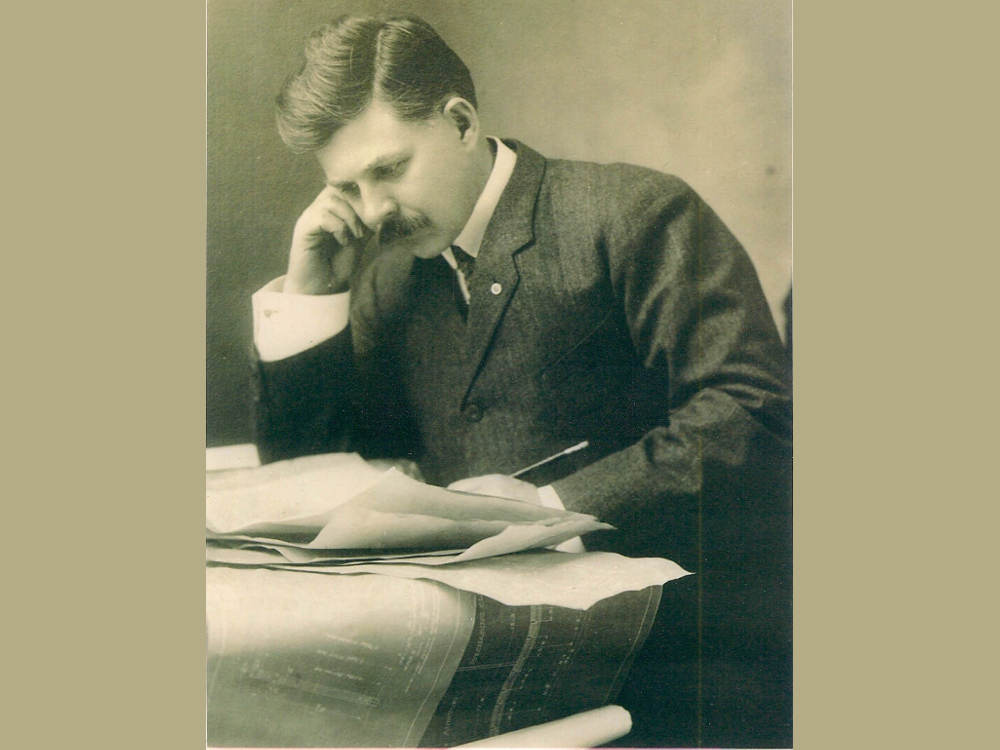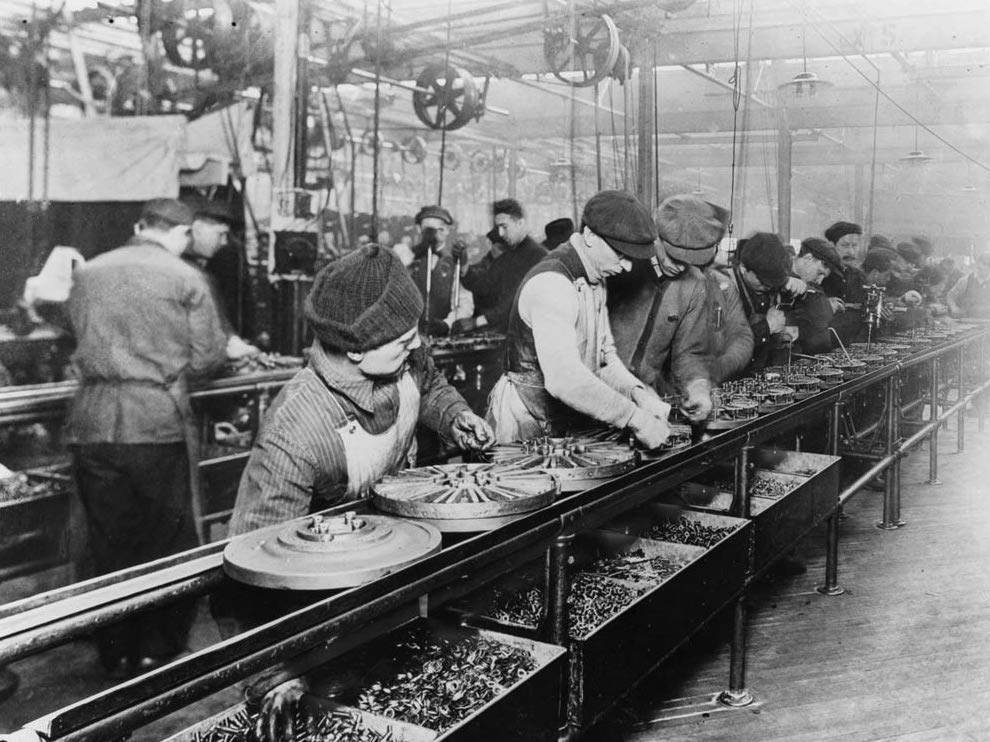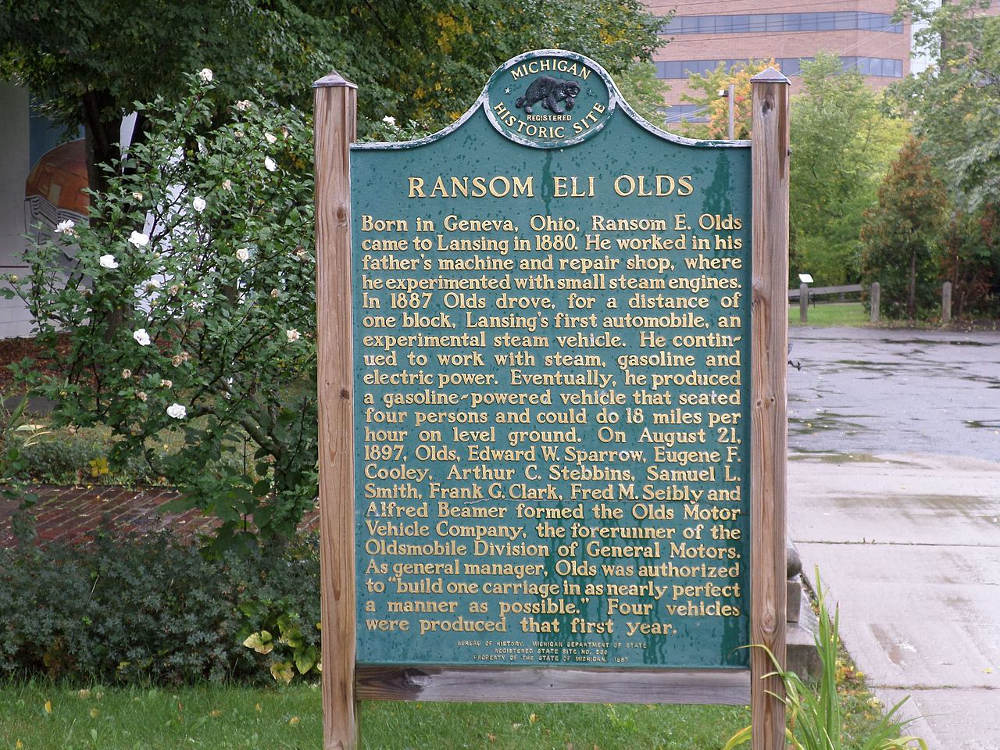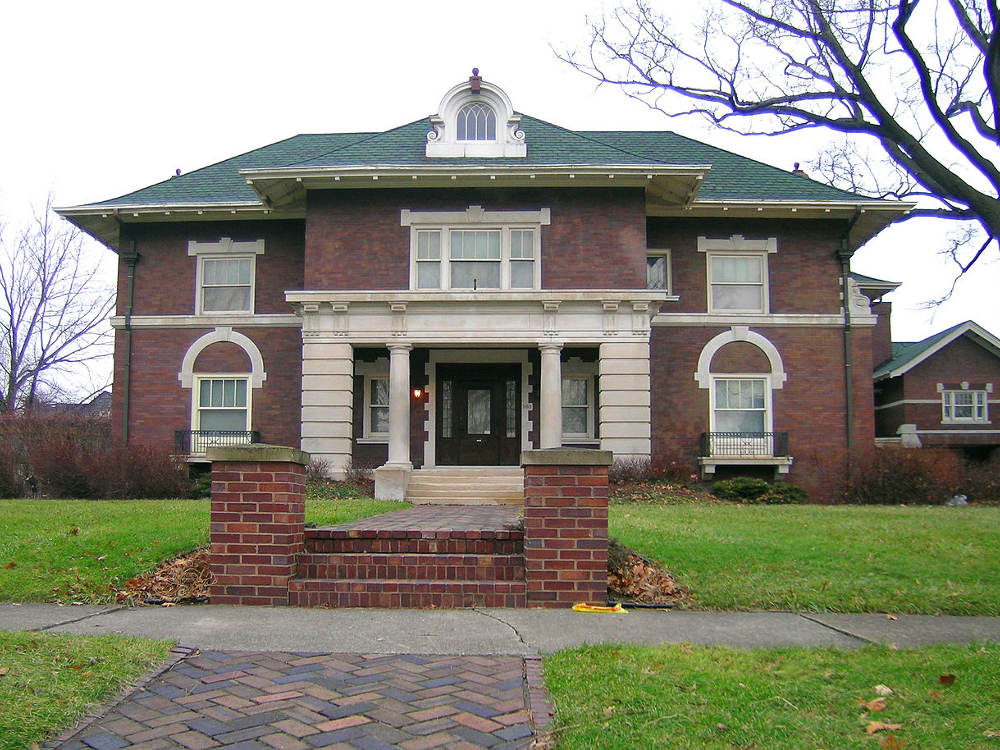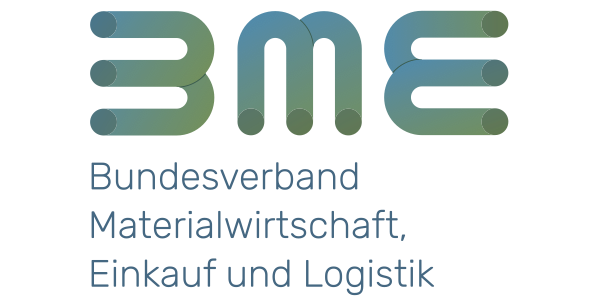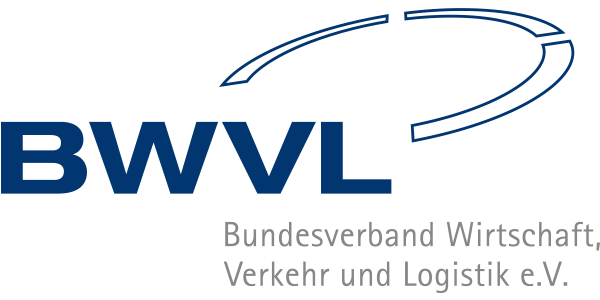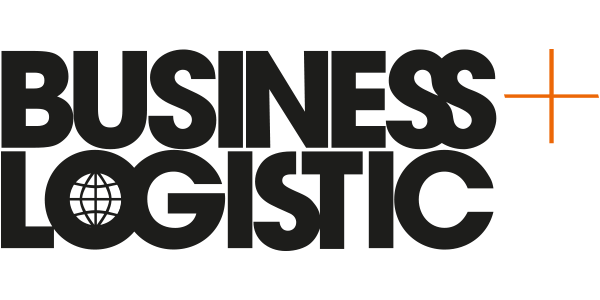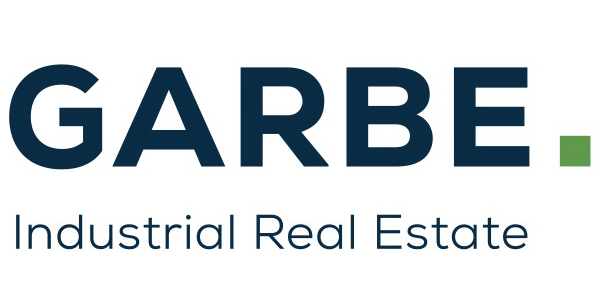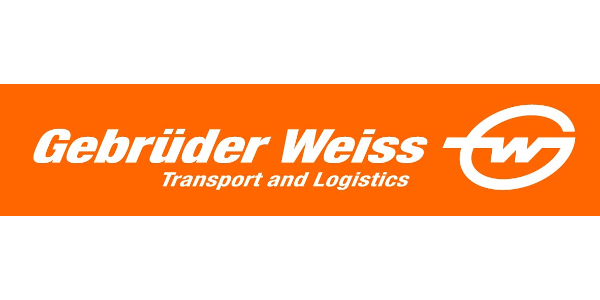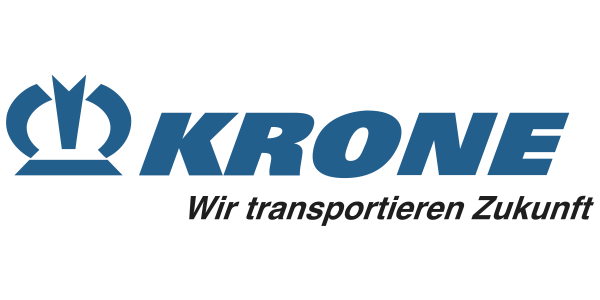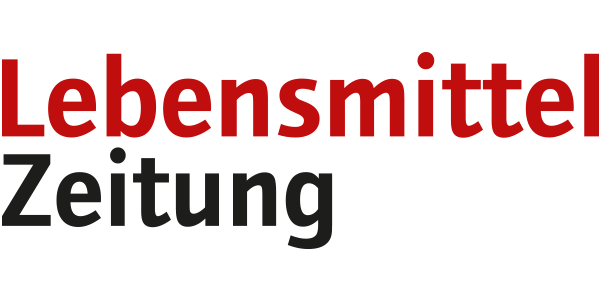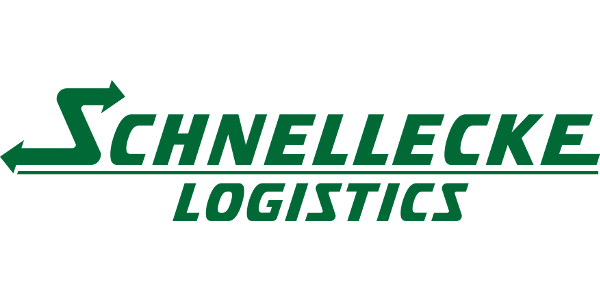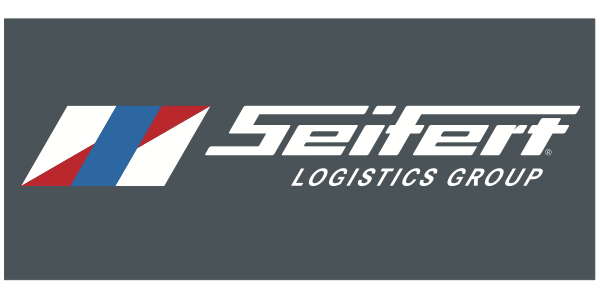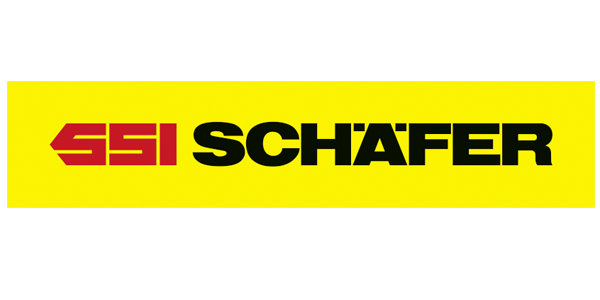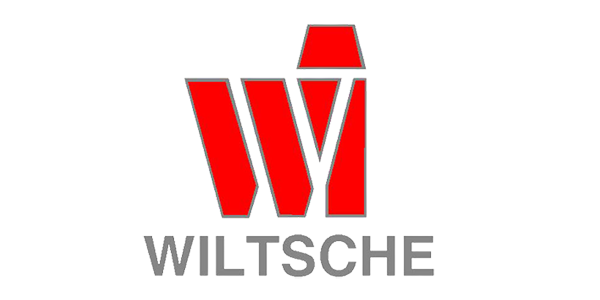Henry Ford and Ransom Eli Olds
Henry Ford, Ransom Eli Olds: Inventors of assembly line production
Henry Ford and Ransom E. Olds are widely held to be the inventors of assembly line production. They revolutionised industry and especially the automotive industry worldwide through their pioneering work in the fields of production logistics and transport.
Henry Ford
| Field | Automotive industry, industy |
| Country | USA |
| Final position | US engineer, founder of the Ford Motor Company |
| Born | July 30, 1863 in Greenfield Township, Michigan, USA |
| Died | April 7, 1947 in Dearborn, Michigan, USA |
| Induction into the Logistics Hall of Fame | 2016, Federal Ministry of Transport and Digital Infrastructure, Berlin, Germany |
| Congratulary Speaker | Prof. Dr. Dr. h. c. Wolfgang Kersten, Head of Institute Logistics and Management, TU Hamburg-Harburg, Germany |
Ransom Eli Olds
| Field | Automotive industry, industy |
| Country | USA |
| Final position | US engineer, founder of Oldsmobile and REO Motor Car Company |
| Born | June 3, 1864 in Geneva, Ohio, USA |
| Died | August 26, 1950 in Lansing, Michigan, USA |
| Induction into the Logistics Hall of Fame | 2016, Federal Ministry of Transport and Digital Infrastructure, Berlin, Germany |
| Congratulary Speaker | Prof. Dr. Dr. h. c. Wolfgang Kersten, Head of Institute Logistics and Management TU Hamburg-Harburg, Germany |
-
Merits R. E. Olds
- Ransom E. Olds grew up in his hometown of Geneva, Ohio. Neighbours reportedly said of the young engineering fan: “One day the kid will blow his head off.” In 1880, he moved to Lansing, Michigan, where he worked in his father's company. Olds was fascinated by engineering and worked in his spare time on building steam and later petrol-driven cars.
- In 1897, he founded the Olds Motor Vehicle Co., which became famous as Oldsmobile and was later acquired by General Motors. In 1904, following differences with the management, Olds was forced out of the company and then established his own business, named after his initials, REO Motor Car Company. The rock band REO Speedwagon took its name from the REO Speedwagon flatbed truck, a forerunner of pickups. The company built passenger cars and commercial vehicles from 1905 to 1975. It ceased operations in 1975.
- The Oldsmobile "Curved Dash" that Olds built was the first mass produced and petrol-powered vehicle. In 1902, it was the most popular vehicle in the US. For its production, Olds developed the first simple assembly line. He put the vehicle body on a wooden frame with wheels. What was new was that the specialised workers always stayed at the same place and the frame was pulled from one workstation to the next. This simple form of assembly line production was later called the "progressive assembly line". Ten years later, Henry Ford developed automated assembly line production, the "moving assembly line."
- Following a major fire at his company in 1901, Olds was by necessity the first to come up with a supplier system. He sourced the production of entire components to subcontractors to keep production going at his own factory. This makes Olds the inventor of the present system supplier arrangement.
- Olds died on August 26, 1950 aged 86.
-
Merits H. Ford
- Henry Ford was born in 1863 as the oldest of six siblings in Michigan, USA. As he got his entire education in a village school in just one classroom, Ford was self-taught for the most part, deconstructing and reconstructing almost every device he could get his hands on. He was an engineering genius: at age 15 he built his first engine and repaired clocks and other machines.
- At 16, he left his family to find work in Detroit. After two years, he was promoted to Chief Engineer at the Edison Illuminating Company. In 1903, he founded his own company, the Ford Motor Company, which just a few later was market leader in automobile production. Ford personally became the world’s first dollar billionaire. His enormous economic success and his charismatic personality made Ford one of the most famous people of his time. In 1999, the US magazine Fortune named him "Businessman of the Century".
- With the professional introduction of the automated assembly line, Henry Ford single-handedly changed production logistics in 1913. The launch of mass production increased output and competitiveness so much that until 1921 Ford was producing more cars in the US than all other car makers together.
- In 1914, Ford needed only 93 minutes to assemble a T model. Cars were no longer luxuries but affordable for a wide section of the population.
- Together with the assembly line, the visionary Ford also divided up stages of production in his factories. A further simplification of production occurred through the introduction of standardised and interchangeable parts. To manufacture these parts Ford built his own machines, because continuous production relied on precision-made parts without further modification on the assembly line.
- Besides manufacturing vehicles, Ford pressed for the expansion of the filling station and road networks. In addition to his role as head of the company, Ford had various other interests – he was a racing driver and Senate candidate – and owned one of the largest film studios of the day. In 1929, he founded the Edison Institute, a combination of school and museum.
- Ford died on August 26, 1947 aged 83.
-
Vita R. E. Olds
-
Vita H. Ford
Born July, 30 1863 in Michigan, USA
1878 built his first combustion engine aged just 15
1888 married Clara Bryant
1891 started work at engineer at Edison Illuminating Company
1893 promoted to Chief Engineer at Edison Illuminating Company
1903 founded the Ford Motor Company
1908 unveiled the Model T
1913 introduced assembly line production
1921 dominated the market with Ford holding a share of more than 55%
1924 unveiled the Model A
1929 established the Edison Institute
1932 built the first V-8 Ford
1945 retired at age 82 and handed over the company to his oldest grandson Henry Ford II
1947 died on April 7 in Michigan, USA
